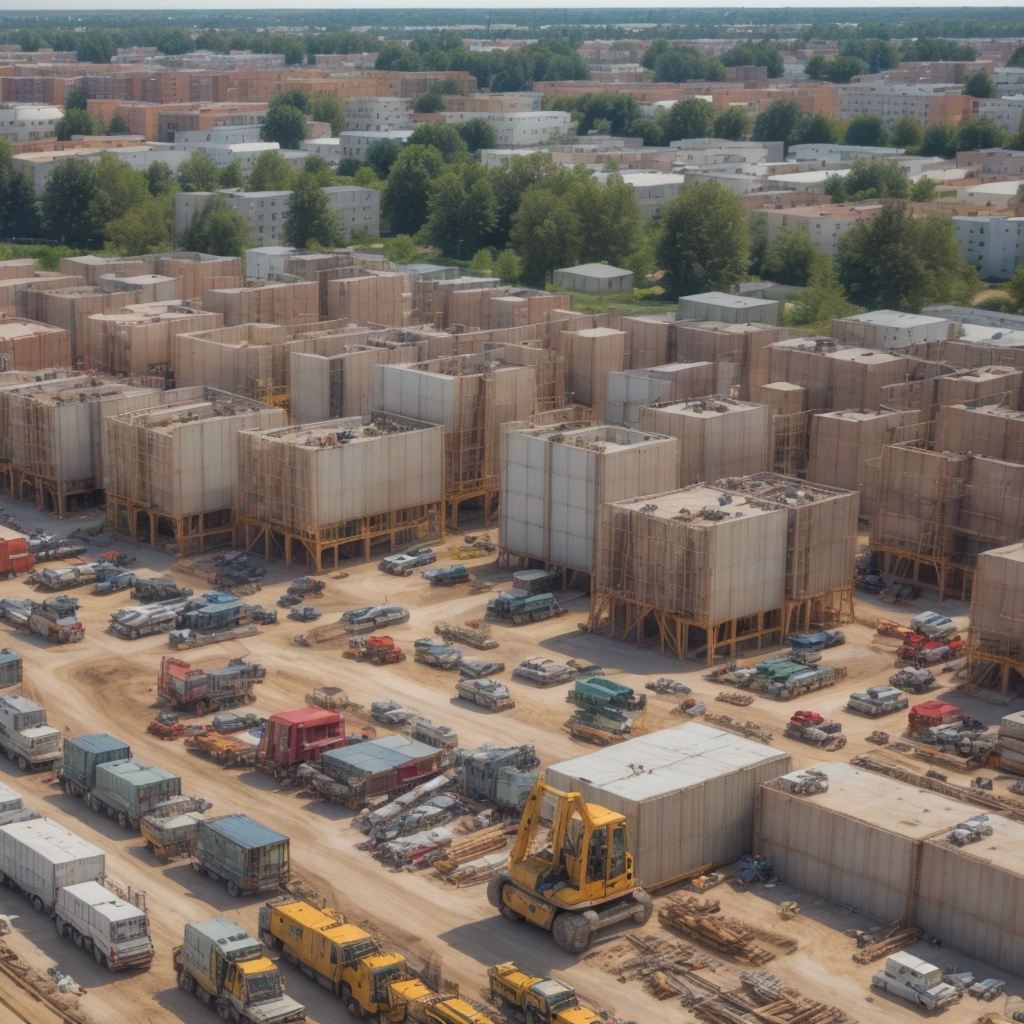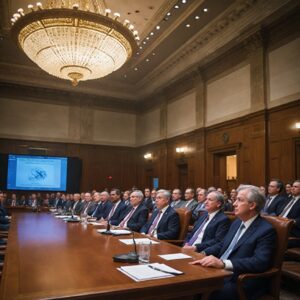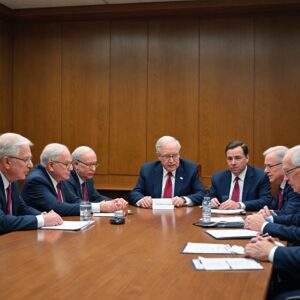Highlights:
– U.S. housing market facing challenges from high mortgage rates and low supply
– Tariffs on building materials adding to pressure
– Impact on home prices and affordability for buyers
Impact of Tariffs on U.S. Housing Market
The U.S. housing market, already grappling with obstacles like high mortgage interest rates and a shortage of existing homes for sale alongside rising prices, is now facing another hurdle in the form of tariffs on key building materials. About 30% of the softwood lumber used in the U.S. is imported, primarily from Canada, while wallboard, or gypsum, is imported from Mexico. The recent tariffs imposed by President Trump on goods from these trading partners are expected to drive up the costs of these essential materials.
As the National Association of Home Builders emphasizes, tariffs on lumber and other building materials could significantly increase construction costs, potentially discouraging new development and leading to higher home prices for consumers. With a significant portion of imports coming from Canada and Mexico, the tariffs are poised to exacerbate the affordability crisis for first-time buyers, making home ownership even more challenging in an already competitive market.
Challenges for Builders and Homebuyers
The National Association of Home Builders has raised concerns about the potential impact of tariffs on construction material costs, estimating a significant increase that could hinder builders’ ability to complete projects. While larger homebuilders may be better equipped to absorb these additional costs, smaller builders with tighter margins are likely to feel a disproportionate effect. This situation is further complicated by the ongoing labor shortage in the construction industry, exacerbated by the Trump administration’s immigration policies affecting undocumented workers.
Moreover, the tariffs are not just limited to materials from Canada and Mexico but also extend to imports from China. These collective duties could potentially raise construction material costs by billions of dollars, impacting builders across the spectrum and ultimately affecting the affordability of homes for potential buyers. The potential ripple effects on the housing market, coupled with the uncertainties surrounding interest rates and inflation, present a challenging landscape for both builders and buyers alike.
Navigating the Uncharted Territory
The call to exempt building materials from tariffs by industry stakeholders underscores the urgent need for policy adjustments to alleviate the growing pressure on the U.S. housing market. As builders scramble to navigate the increased costs and potential disruptions, proactive measures such as expanded tax credit programs and policies encouraging entry-level construction could help mitigate the impact on consumers.
Amidst the evolving landscape of tariffs, labor shortages, and market dynamics, the future trajectory of the housing market remains uncertain. How can policymakers strike a balance between protecting domestic industries and ensuring affordability for homebuyers? What innovative strategies can builders adopt to weather the challenges posed by tariffs and labor shortages? As the housing market grapples with these intricate issues, the resilience and adaptability of industry stakeholders will be crucial in shaping the path forward.
The content is provided by Blake Sterling, Financial Pulse Now

























